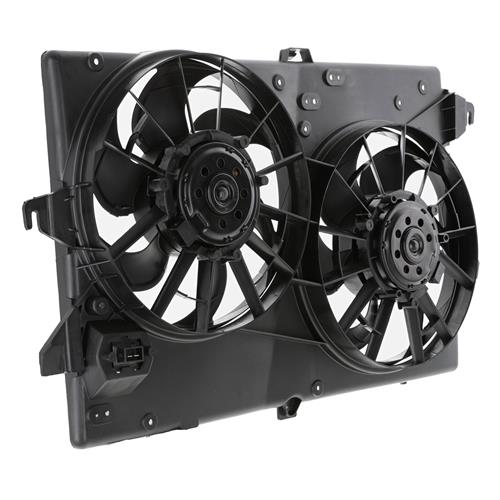I have been reading about a Bosch 75A related for running the OEM style of fans. I was at Menards and saw what might be a cheaper, effective alternative. Electric start mowers have a smaller version of the Ford starter relay (aka solenoid). I am sure the amp rating of a starter motor for a 20+ hp engine is at least 75 amps. I am not sure about the constant duty cycle rating on it. Has anyone used these for another purpose than starting yard products or motorized toys?
Also, is this link for the right Bosch relay?

Also, is this link for the right Bosch relay?

Bosch/TYCO Relay SPST 12-Volt 75-Amp with Mounting Tabs (V23232-D0001-X001) from Solid Signal
Bosch/TYCO Relay SPST 12-Volt 75-Amp with Mounting Tabs (V23232-D0001-X001) TYCO single pole, single throw relay. 12 volt, 75 A resistance load. For use with light bars. Case includes two molded mounting tabs. Typical applications: engine control, glow plug, heated front - and rear - screen...
www.solidsignal.com




